#developmental biology
Text
Just learned that tadpoles with injured tails sometimes regenerate them with extra legs
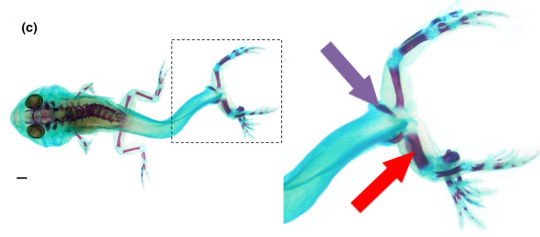
[src]
So that's neat.
#the more you know#frogs#science#animals#zoology#developmental biology#holy shit#this is called a homeotic transformation#and I think I have only really heard about them in fruitflies#so seeing it in frogs really fucked me up#how incredibly cool#I always thought the creatures from Pandora could not exist in vertebrates#because homeotic transformations in the *middle* of the trunk were basically impossible to achieve in a survivable manner#but it had not occurred to me that you could just… add more to the end#this changes everything
3K notes
·
View notes
Note
could you explain why/if we can't just copy the genes of one animal and splice them into another animal, for example why we couldn't give humans cat ears?
There's no one easy way to answer this, but the basic answer is that it's not that simple. There's no one gene, or even easily reducible set of genes, that just is "make cat ears". Not only is there a network of genes activated within a cell, there are a myriad of signals from nearby cells (the "microenvironment") as well as cues from the rest of the body and environment.
So each one of the cells making your ear isn't just encoded to be a cell that makes your ear. In fact, most of them don't have any "ear" genetic characteristics or activation. They're generic cartilage or skin cells that were told to grow more or less by neighboring cells or distant cells during carefully coordinated times during growth and development. Each cell interprets this signal in different ways, and also receives multiple signals at a time, the combination of which can produce unique results.
The easiest to interpret example of this is finger development. During development, when your hand is still a fingerless paddle, a single cell on the pinky side of your hand (or thumb side, it could be reversed) releases a signalling molecules to nearby cells. A cell receiving the highest dose will start to become a pinky, and send a signal for the cells immediately around it to aide in that. The next cell that isn't aiding that, but still receives the initial signal, receives a lower concentration of that signal since it's further away. That lower concentration signals a ring finger, and it repeats until you get thumbs at the lowest concentrations.
That's the most visible example, but it's similar to what happens all over the body- signals that are dependent on the structure and genetics of the microenvironment, not just the genetics of the developing cells alone.
This careful network of timing, signals, gene activations, and spatial placement of cells is the core of the field of Developmental Biology (which, technically, my PhD is in as well bc it's often wrapped in with molecular bio lol).
So making cat ears on a human genetically would essentially require not only genetic manipulation, but also babysitting the fetus the entire time and adding in localized signals to the microenvironment of the developing ear cells, which is essentially impossible. There's too much "human" flying around to realistically get that result, and an attempt at doing so would essentially be akin to molecular sculpting. That's why *my* preferred approach would be epithelial stem cell manipulation/printing and subsequent grafting, but that's an entirely different thing.
If you're interested in this kind of thing, the most approachable and engaging summary of developmental biology is the book "Your Inner Fish", by Neil Shubin, the discoverer of Tiktaalik. He summarizes a lot of dev biology through the lens of evolutionary biology, which is a great way to see how differences in structures have arisen and differentiate across the tree of life.
If you want a shorter introduction, and like cute but kinda "cringey in the way you love" science parodies: the song evo-devo by a capella science is really fun and gets stuck in my head a lot:
youtube
But yeah, hope that answered your question!
#biology#developmental biology#catboy#catgirl#nyanbinary#if this combination of tags doesnt describe my entire persona idk what does
201 notes
·
View notes
Text
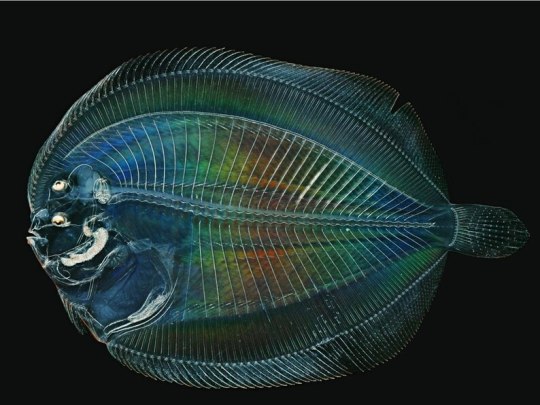
Flounder
(larval stage)
Photo: David Liittschwager
311 notes
·
View notes
Text
Biologists are so silly. They found the earliest molecular marker of the cardiac lineage, without which the embryo won't develop its heart, and you know what they named it? Tinman. Like from the Wizard of Oz. Cause he had no heart.
Other examples of this phenomenon include the spätzle gene, so named because a German researcher discovered that if flies are homozygous mutants for the gene (can't express it), they look like noodles when they develop. And spätzle is a German noode.
And don't even get me started on Sonic Hedgehog. Yes, it's named after Sonic the Hedgehog, because homozygous mutants of the gene get spiky. Like a hedgehog. And guess what the inhibitor for the gene is named. Fucking ROBOTNIKININ.
#if anyone who knows any more would like to contribute feel free#biology#molecular biology#genetics#developmental biology#scienceposting
111 notes
·
View notes
Text
Observing Fate Accomplished
Live imaging tracks mouse progenitor cells as they migrate during embryo development, destined to become the heart
Read the published research article here
Clip of video by Shayma Abukar and colleagues
Developmental Biology of Birth Defects, Institute of Child Health, University College London, London, UK
Video originally published with a Creative Commons Attribution 4.0 International (CC BY 4.0)
Published in bioRxiv, December 2023 (not peer reviewed)
You can also follow BPoD on Instagram, Twitter and Facebook
#science#biomedicine#biology#immunofluorescence#embryo development#developmental biology#heart#live imaging
25 notes
·
View notes
Text
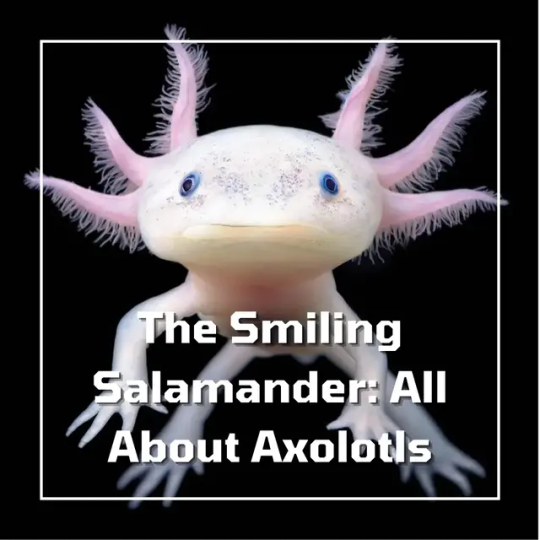

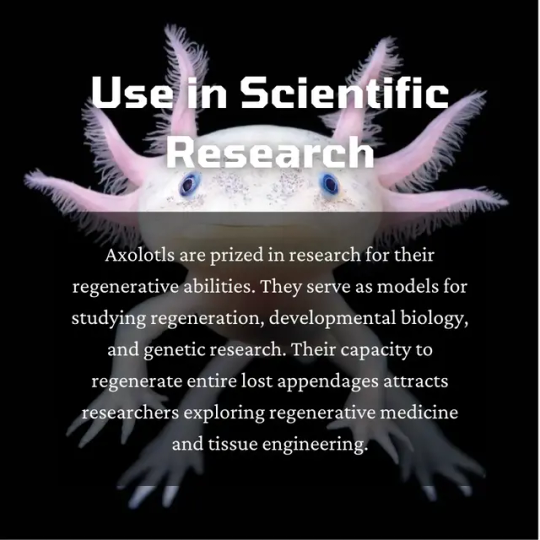
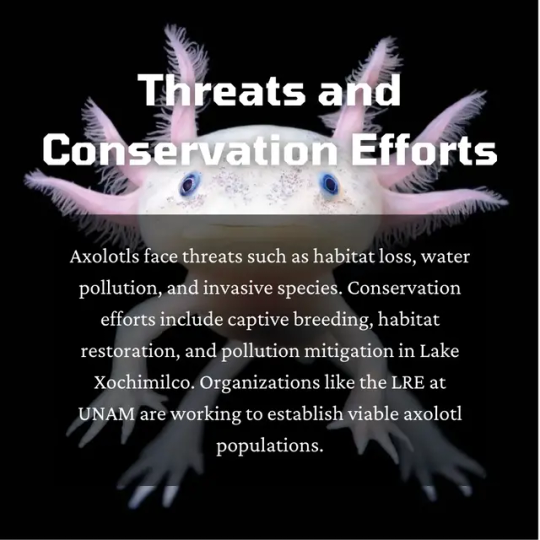
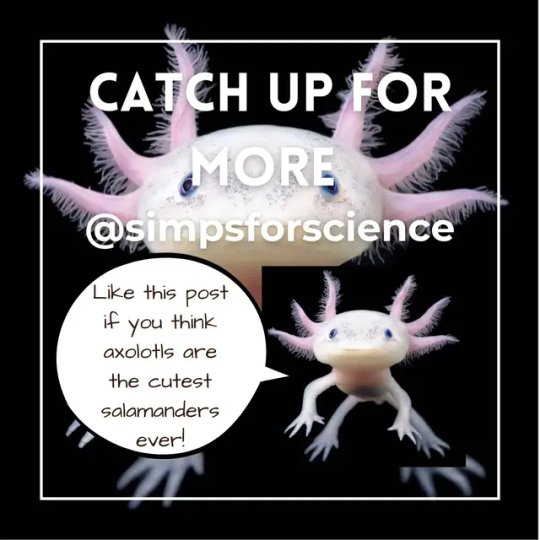
This little cutie is all smiles and secrets! Meet the axolotl, the forever-young amphibian with amazing regenerative powers. Read on to unlock their fascinating world! 🌟🐾🔬
#axolotl#regeneration#amphibian#regenerative medicine#endangered#endangered species#endangered animals#biology student#biology facts#sea creatures#biology#zoology#animal#animals#developmental biology#minecraft#science#science facts#education#discover#scicomm#study blog#biology studyblr#study blr#explore#nature#salamander#conservation#gills#simps for science
9 notes
·
View notes
Text
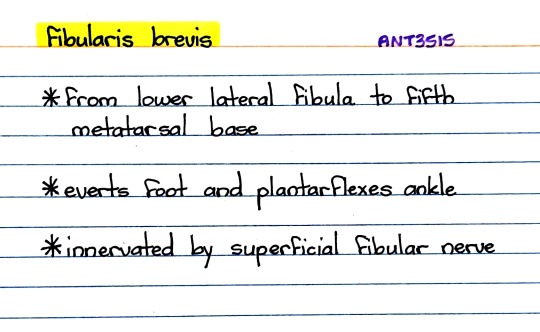
Patreon
#studyblr#notes#medblr#medical notes#med notes#anatomy#human anatomy#evolutionary anatomy#human evolutionary anatomy#evolution#evolutionary biology#biology#bio#anatomy notes#human evolution#evolutionary bio#evo bio#evodevo#evolutionary development#developmental biology#devbio#anthropology#anthropology notes#bioanthropology#biological anthropology#anatomy and physiology#anatomy & physiology#medical science#life science#health science
6 notes
·
View notes
Text
I am sick right now and started brushing up on some literature while not being able to work on my stuff and found this little poem excerpt about the axolotl.

Damn sounds a lot like the tiktaliik meme right?

Well yes, but this poem is from somehwere before 1922 Walter Garstang. He wrote a lot of Poems about various larvae and also about the developmental weirdness of the axolotl. (He also wrote a paper in which he argues that Tunicates are the sister group to all vertebrates due to a similar larval development which was definitely very forward thinking!) He is the father of the "terrestiality is a curse" meme and we should acknowledge it as that I think.
4 notes
·
View notes
Photo


Okay Homo sapiens, how can y'all categorize all non-raptorial/psittacoidean avians as barnacles? Is it because of the hard shell, simple personality, and hair-like feeding tentacles? Actual avians don't even breathe through gills. I mean, YEAH, all vertebrate embryos(including avians) have gills, but here's one eensie-weensie little fact-avian embryos grow lungs at the cost of their gill-pouches. Barnacle-mermaids, like their crustaceanoid-kin like crabs and shrimps, start off as nauplii-tiny, beating blobs with a singular eye and two arm-like appendages for swimming. Also, barnacle-mermaids CANNOT breathe air-they just can't. They might do okay on land when inside their shells, but most will perish if not returned to seawater. Their feeding-tentacles also function as respiratory organs.
#mermay2023#mayternity#goose barnacle#pregnant#nauplii#developmental biology#remember that you can always infer an organism's evolutionary history from its life-cycle#does it look like barnacles evolved from proto-chordates?#to put in baby words-all backboned animals are virtually tadpoles
4 notes
·
View notes
Text
How to be a lesbian developmental biologist:
Step 1: learn about cleavage
3 notes
·
View notes
Text

Altered Xenopus frog embryos from a paper on the dorsalizing gene noggin.
#its called noggin because it makes the head#+#biology#developmental biology#genetics#holley et al. 1996
2 notes
·
View notes
Text

eel larvae
9 notes
·
View notes
Text
Challenging the Status Quo: Researchers Discover Unique Neuronal Origins in Human Brains
A new study by UC San Diego researchers reveals unique inhibitory neurons in the human forebrain, offering insights that may improve models of brain function and disease, and showing that certain neurons share common lineages, a discovery with significant implications for understanding brain diseases.
Researchers unveil new insights into human forebrain development
A team of scientists from the…
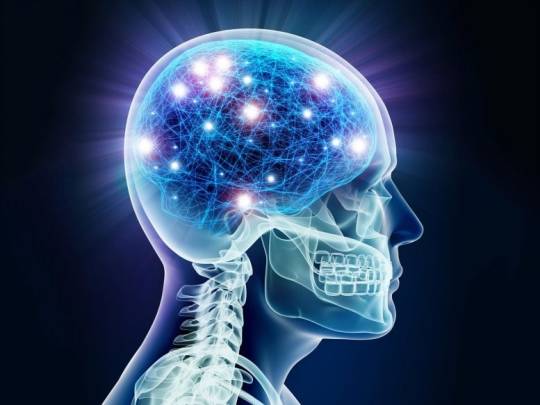
View On WordPress
0 notes
Text
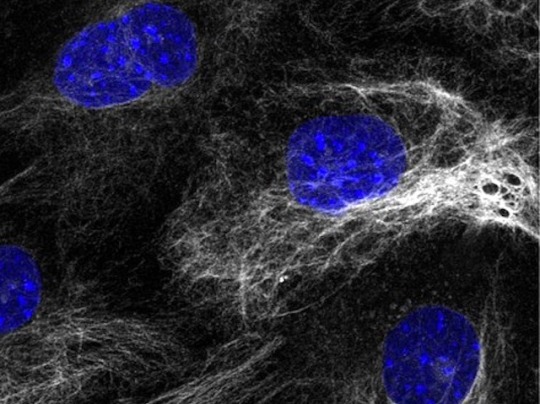
Centriole Formation
Protein called SAS-6 role in the maintenance of the architecture of centrioles – specialised structures involved in organising cell contents during division – as they form early in embryonic development in cells that generate mouse embryonic stem cells
Read the published article here
Image from work by Marta Grzonka and Hisham Bazzi
Department of Cell Biology of the Skin and Department of Dermatology and Venereology, Medical Faculty, University of Cologne, Cologne, Germany
Image originally published with a Creative Commons Attribution 4.0 International (CC BY 4.0)
Published in eLife, February 2024
You can also follow BPoD on Instagram, Twitter and Facebook
#science#biomedicine#immunofluorescence#cells#stem cells#cell division#centrioles#embryo development#developmental biology
12 notes
·
View notes
Text
Let's Talk Sea Slugs: Rostanga pulchara
Rostanga pulchara is a small species of dorid nudibranch commonly found grazing on the red sponges that give it its color.
The adult below was 16mm long and 8mm wide, but they can grow to as large as 33mm long (Jensen et al 2018).
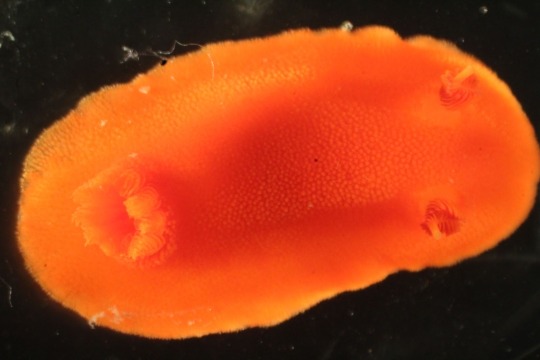
Above - Adult Rostanga pulchara collected from Cattle Point Intertidal, San Juan Island by Babonis Lab, Summer 2022.

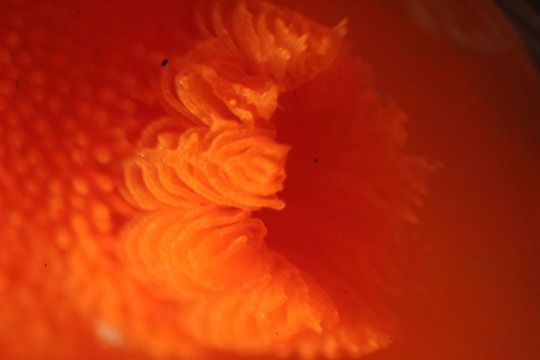

Above - Closeups of Rostanga pulchara. Left - mantle showing the texture and shape of the tubercles. Center - gills. Right - rhinophore.
Along with size and color, a defining characteristic of the nudibranch is its uniquely shaped rhinophores (Jensen et al 2018). One is pictured above on the right.
A good way to find them in the wild is to look for the sponges that they eat. Two of these species are the velvety Clathria pennata and the "volcano-shaped" Acarnus erithacus (Jensen et al 2018). Both sponges are encrusting and highly pigmented.
The pigments from the sponge not only color the adult nudibranchs, but also their eggs (Jensen et al 2018). This can be seen in the early embryos below.
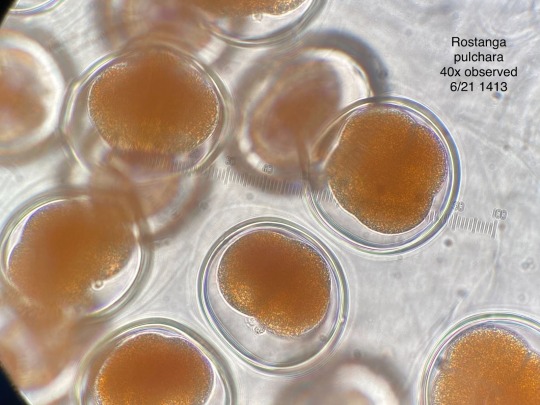
Above - Rostanga pulchara embryos, 2-cell and 4-cell stages. Viewed on 6/21/2022 under 40x magnification. The center 2-cell embryo was 111 microns across.
A week and a half later, these embryos had developed close to the point of hatching.
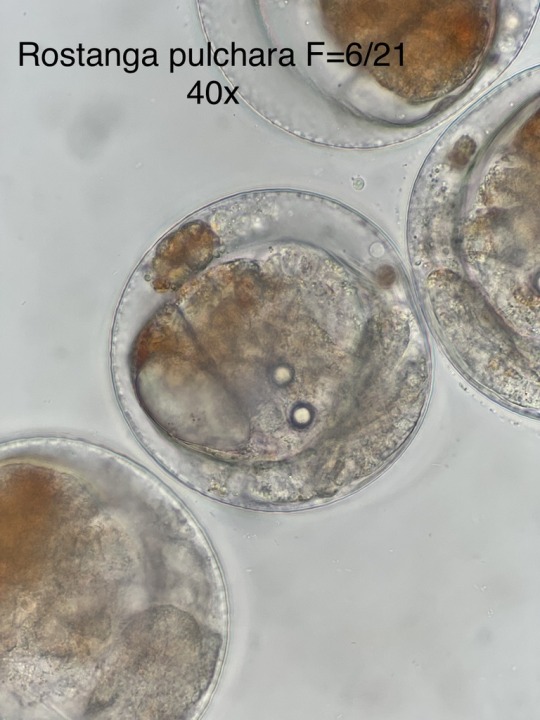
Unhatched veliger larvae, with visible shell anViewed on 7/1/2022 under 40X magnification. The center embryo measured at 125 microns across.
These nudibranchs, like many others, have a larval form called veligers. These veligers have shells and big ciliated lobes.

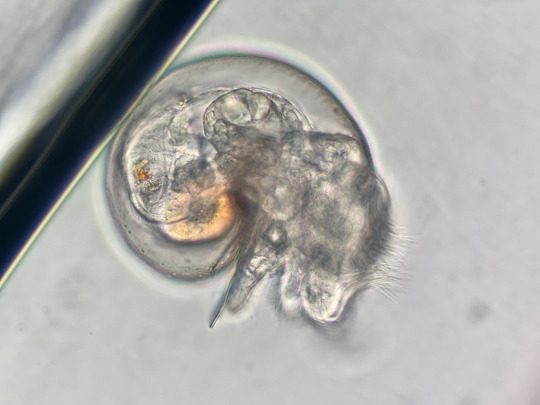
Hatched veliger larvae. Viewed on 7/7/2022 under 40X magnification.
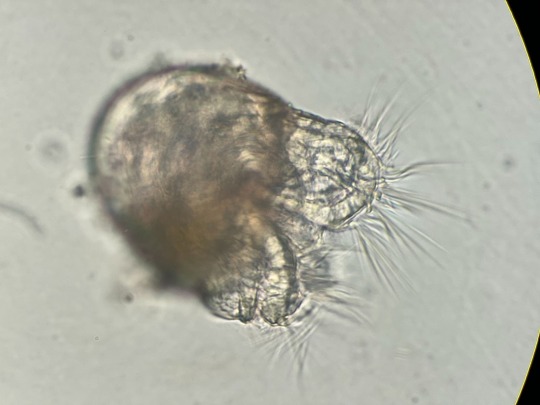


Hatched veliger larvae from the same clutch of original eggs. Viewed on 7/13/2022 under 20X magnification. The larvae on the right was measured as 194 microns across the veler lobes and 178 micros from the top of the shell down to where the veler lobes exit the shell.
Sources:
Personal lab notes and obervations.
Jensen et al. Beneath Pacific Tides. MolaMarine, 2018.
All photographs by JA Fields, do not repost without express written permission.
*If you appreciate the work I do, you can support me through sharing my work, tipping me, or buying my art prints or embroidery.*
#science communication#marine biology#nudibranchs#sea slugs#developmental biology#larval biology#marine invertebrate#embryology#science#marine life#salish sea#sea creatures#my photography#my marine life photos#my sci-comm#my lab notes
18 notes
·
View notes
Text
STUDIO VISIT WITH JS GAUTHIER: Exploring the profound interconnectedness between humans and animals.
Jean-Sébastien (JS) Gauthier is a sculptor, new media artist who adopts diverse forms of inquiry and experimentation to create works of time-based art. To this end he deploys an interdisciplinary mix of technical and conceptual approaches ranging from traditional sculpture practice, interactive video production, performance art, 3D rendering and most recently cutting-edge scientific imaging…
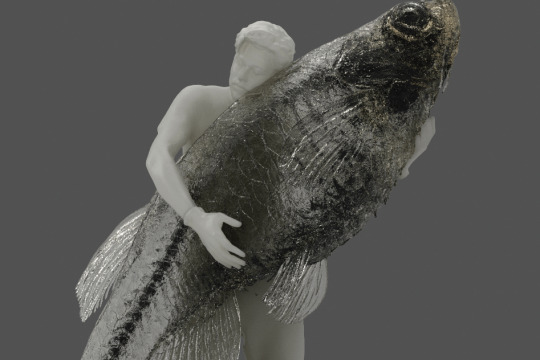
View On WordPress
0 notes